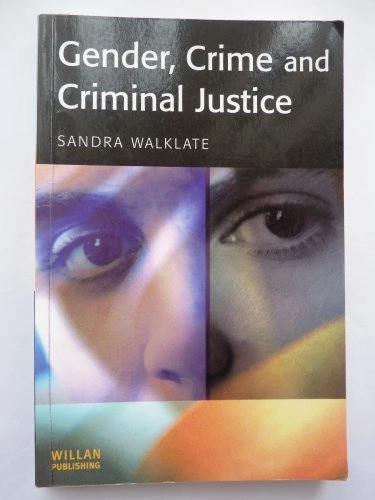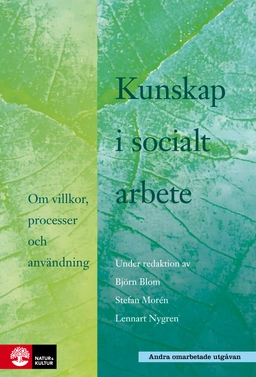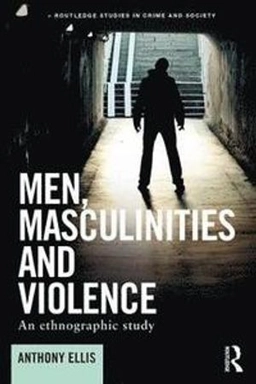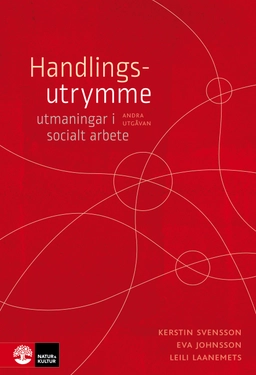This book provides an introduction to the role of gender issues in the theory, policy, and practice regarding criminal offenses, criminal victimization, and the criminal justice system's response to crime and victimization, with this second edition updated to take into account recent developments. Following an introduction, each of the six chapters of the book addresses a key theme within criminology, victimology, and the criminal justice process. The first chapter provides a theoretical overview of both criminology and victimology, with attention to conceptualizations of men and women as victims and offenders. The chapter also considers the diversity of feminist thought and its potential and actual impact on these disciplines and their assumptions regarding domain. The second chapter offers a similar theoretical overview of criminology and victimology, but as viewed from the perspective of masculinity. Two chapters then explore gender issues in the realms of the fear of crime and sexual violence, including how gender-based perspectives have influenced the development and critique of criminal justice theory and policy with respect to these issues. The remaining two chapters address the nature of the criminal justice system and its response to both victims and offenders, with attention to policing and debates surrounding the law and criminal justice policy. The book's conclusion identifies the questions that remain to be answered regarding crime and criminal victimization in the context of the gender issues identified in the book. The author emphasizes the overall intent of the book, which is to bring the reader to an appreciation of the strengths and weaknesses of criminology's and victimology's ability to investigate gender as a significant variable in the work of these disciplines.
Åtkomstkoder och digitalt tilläggsmaterial garanteras inte med begagnade böcker





















